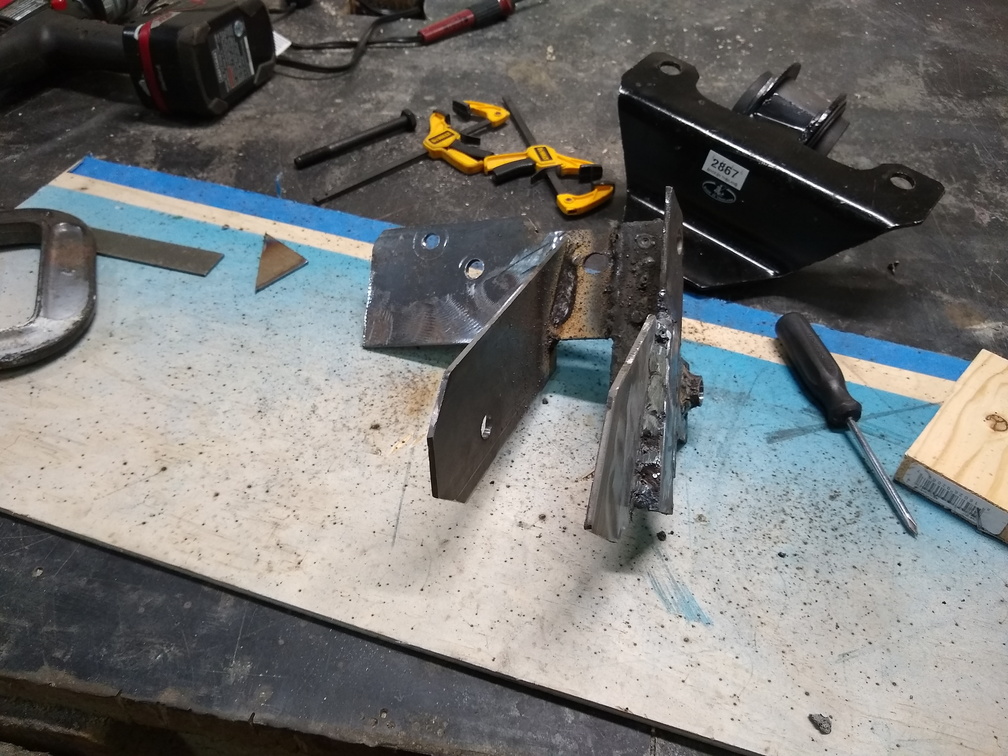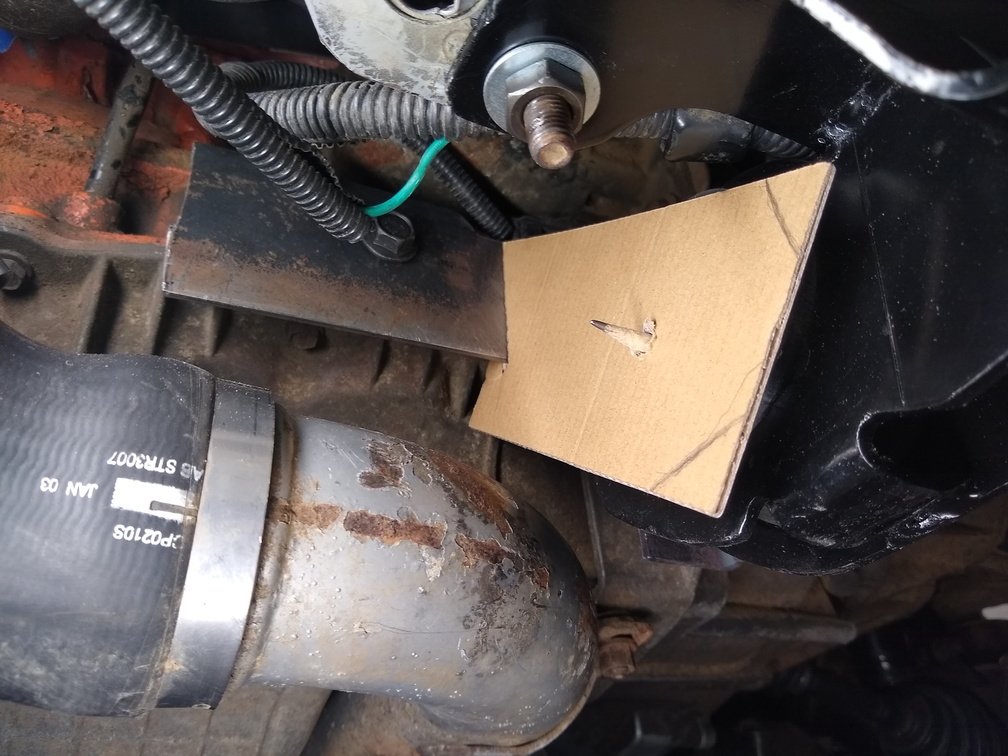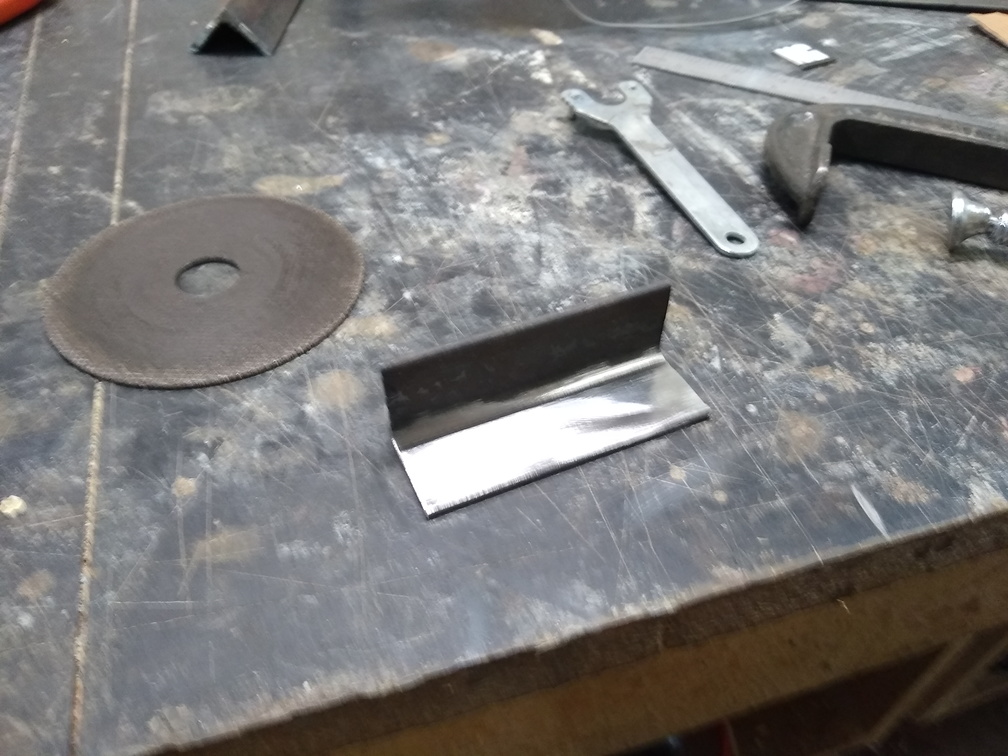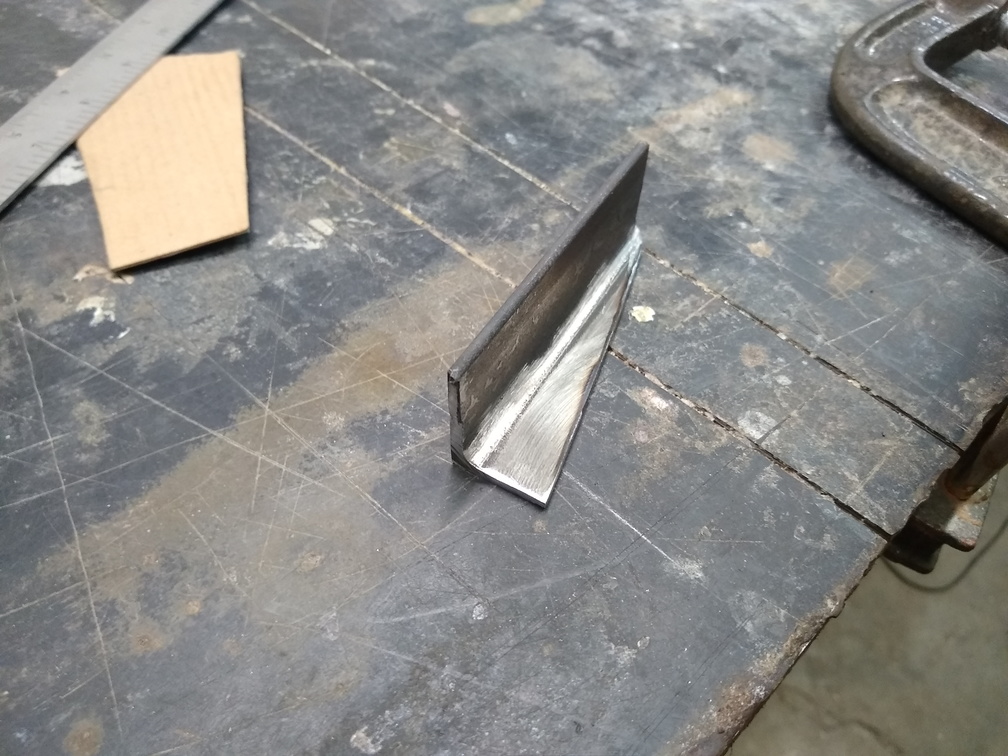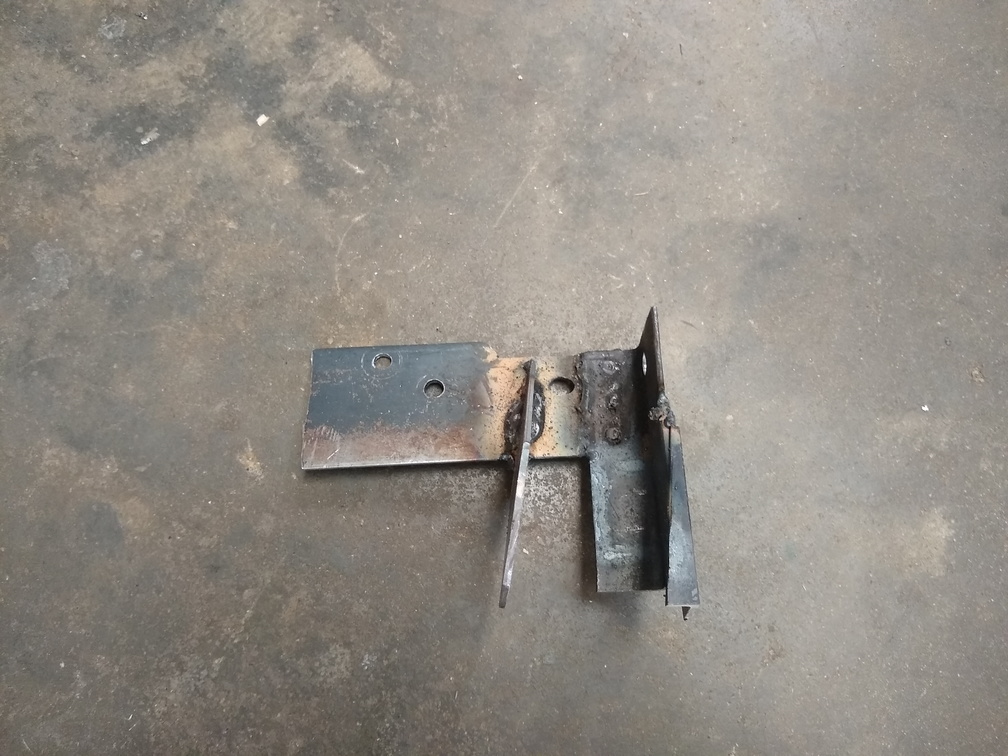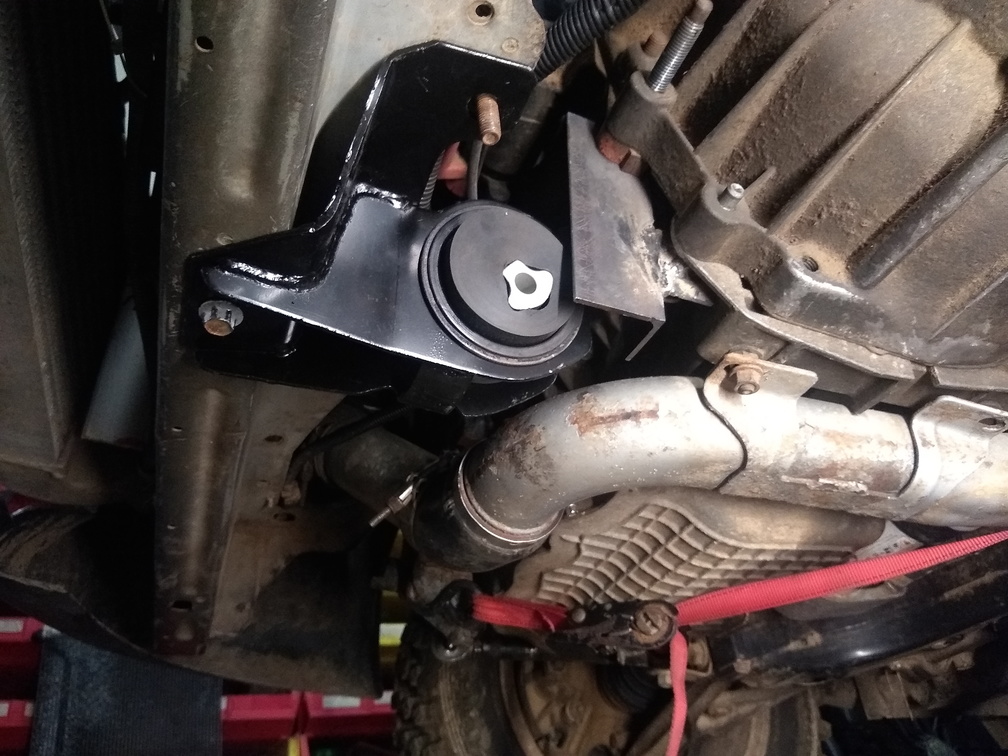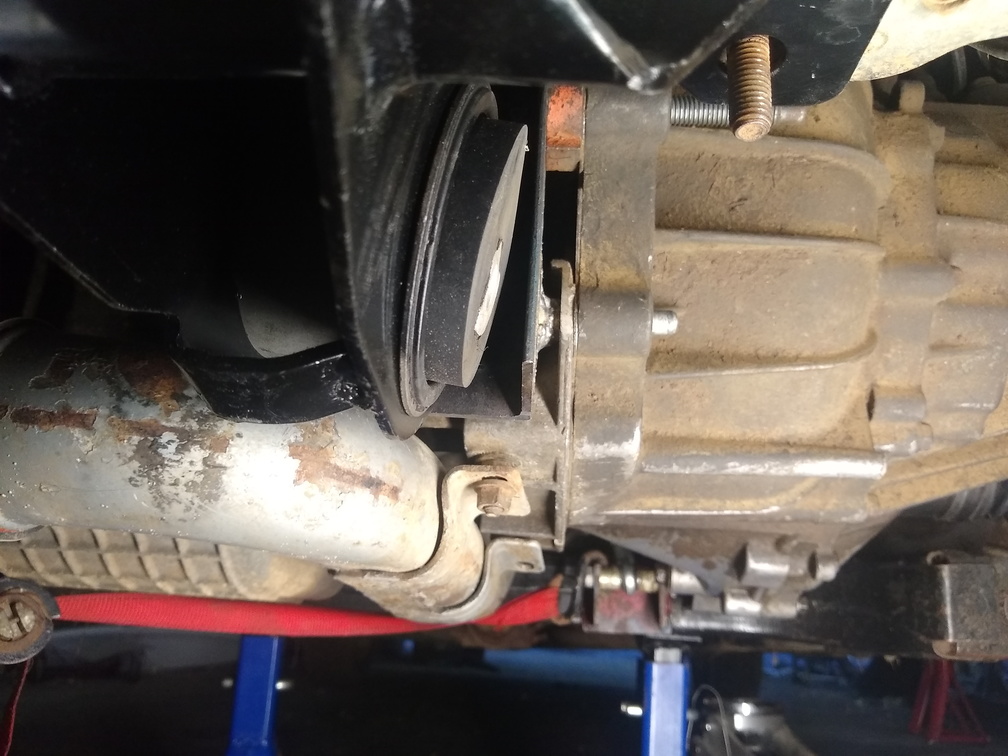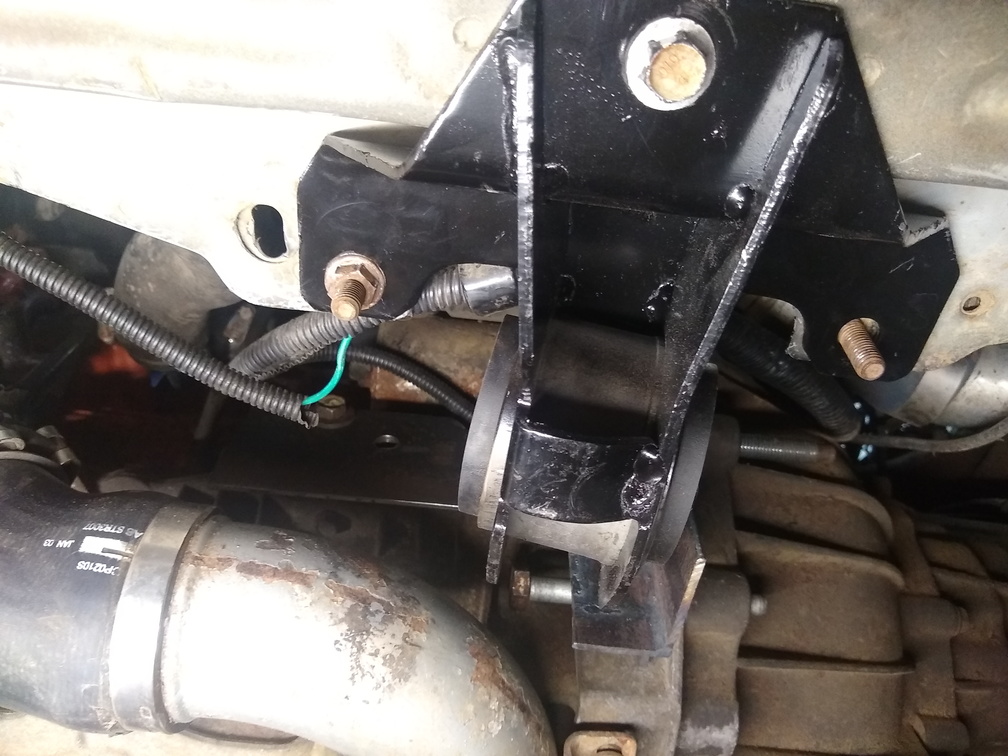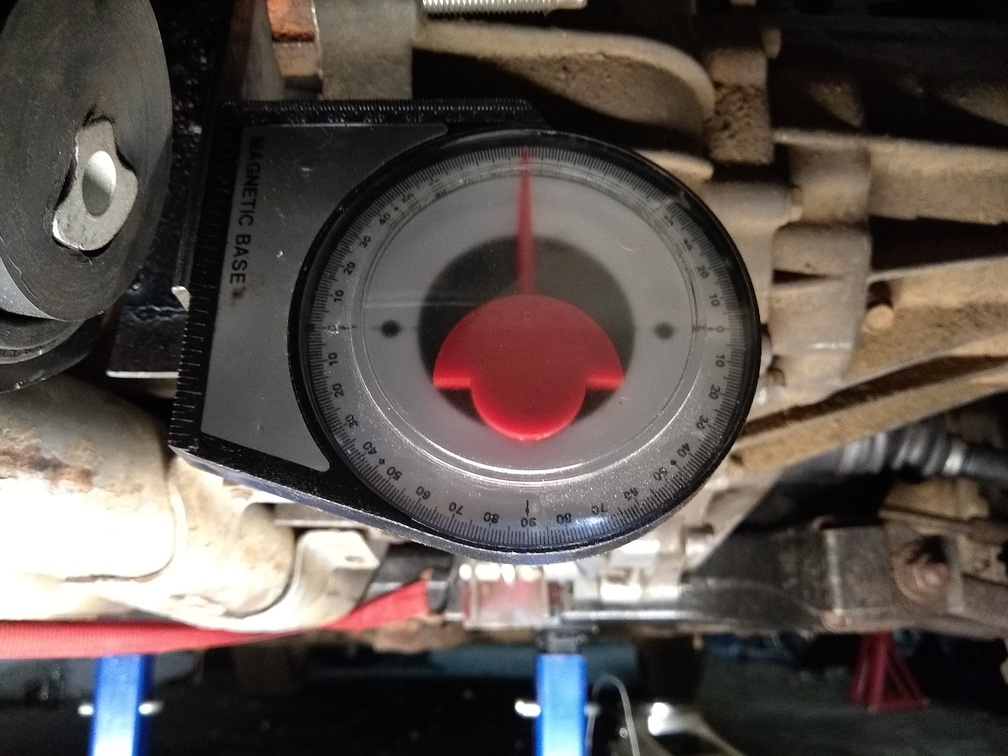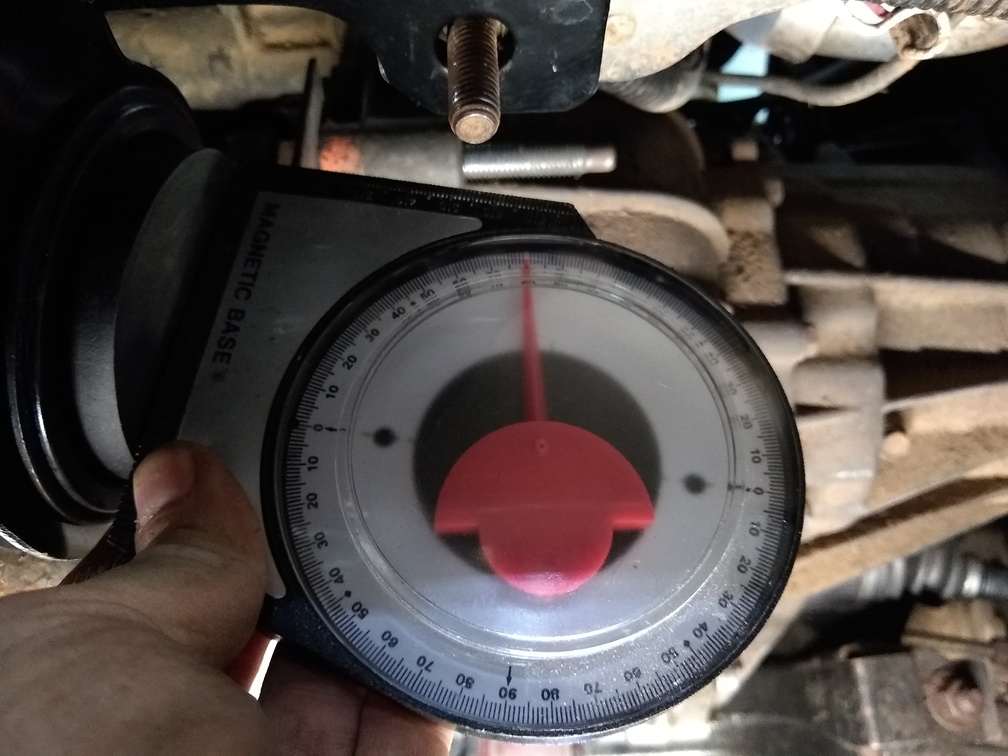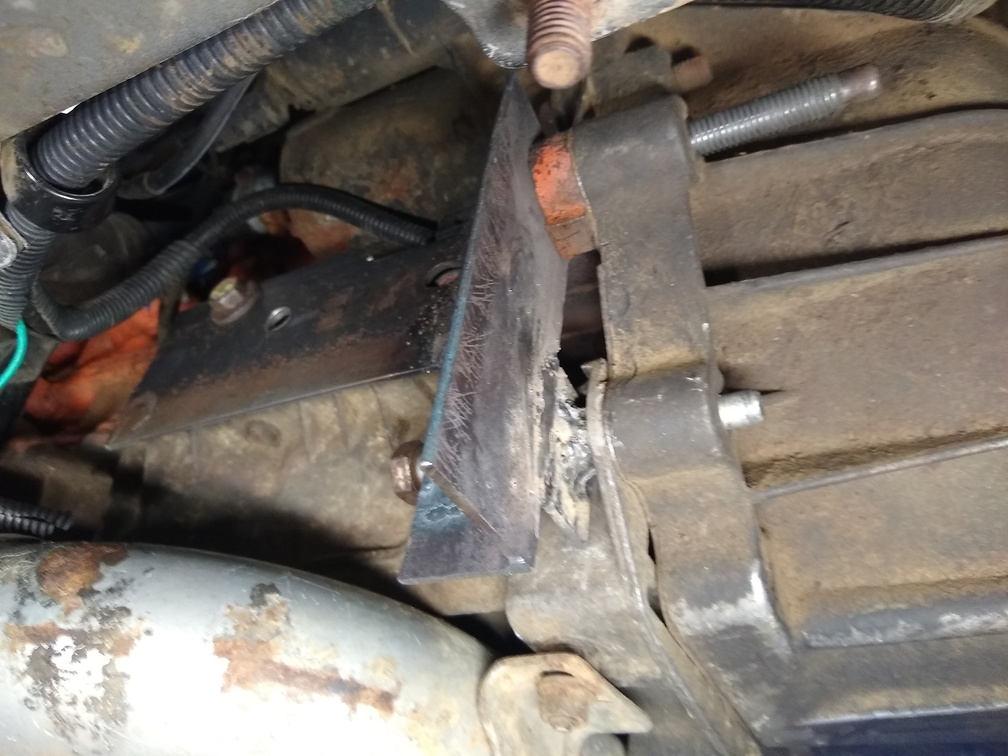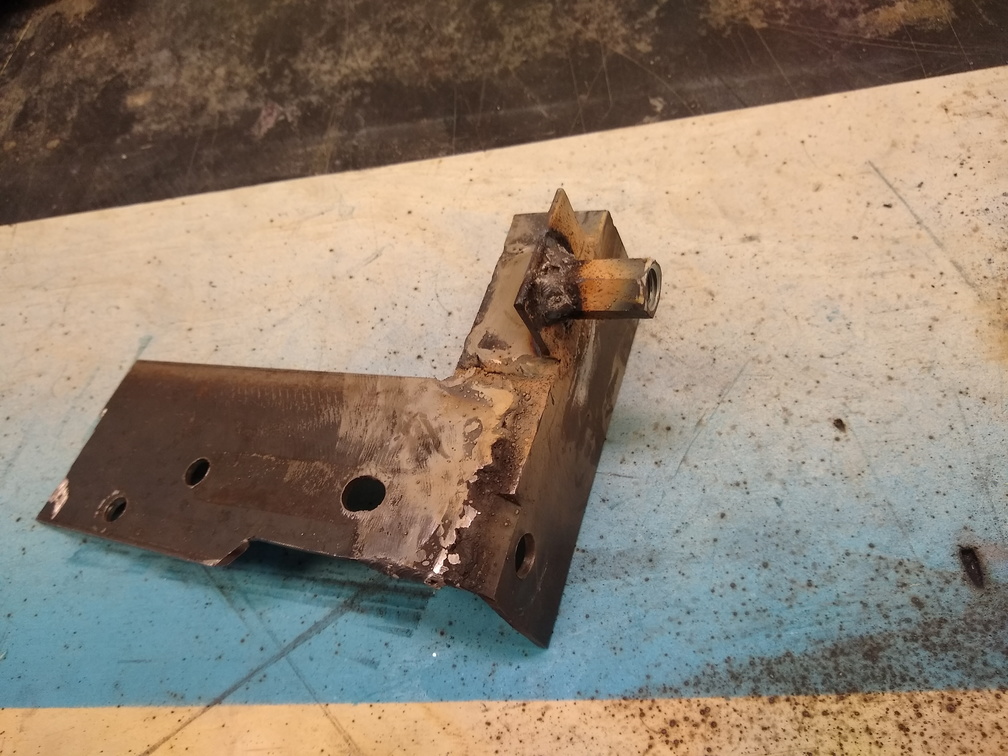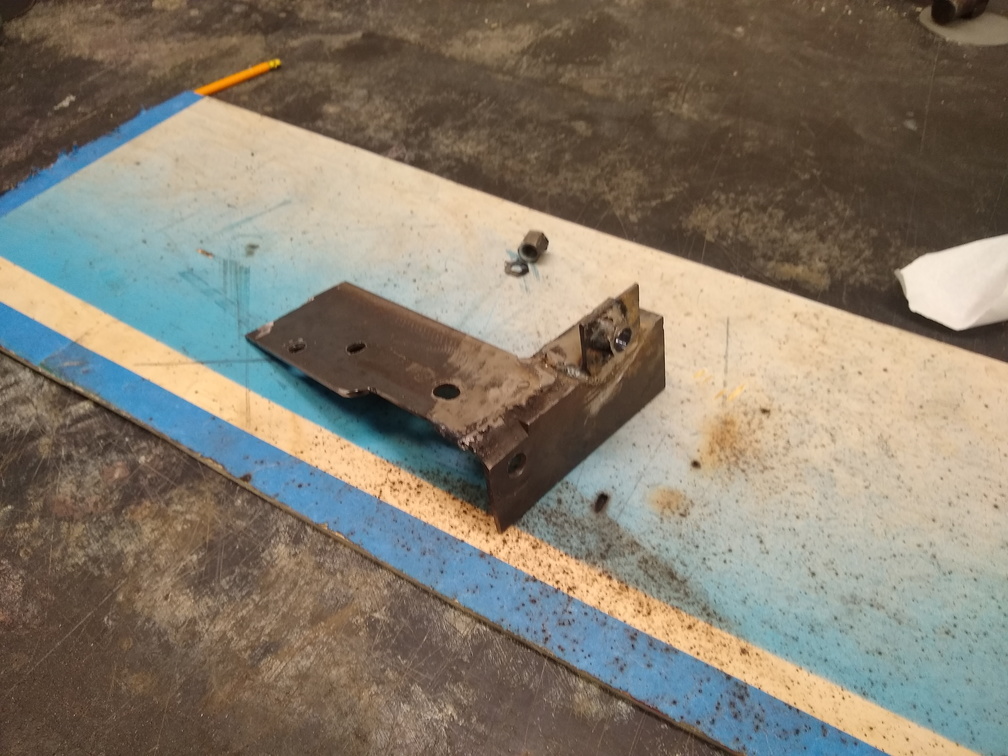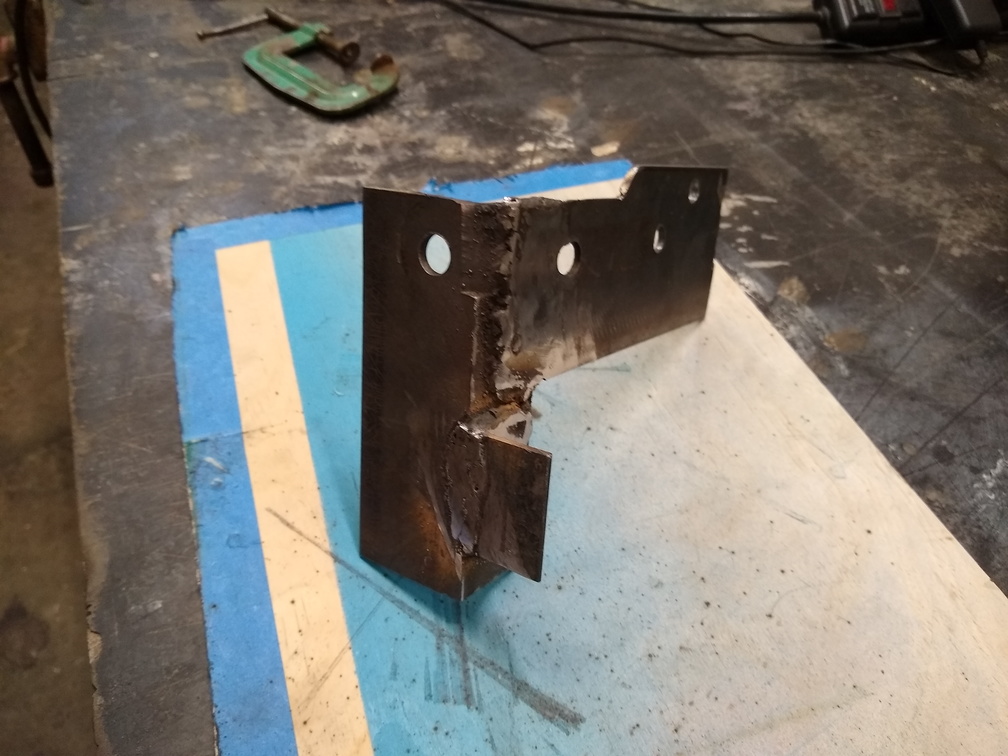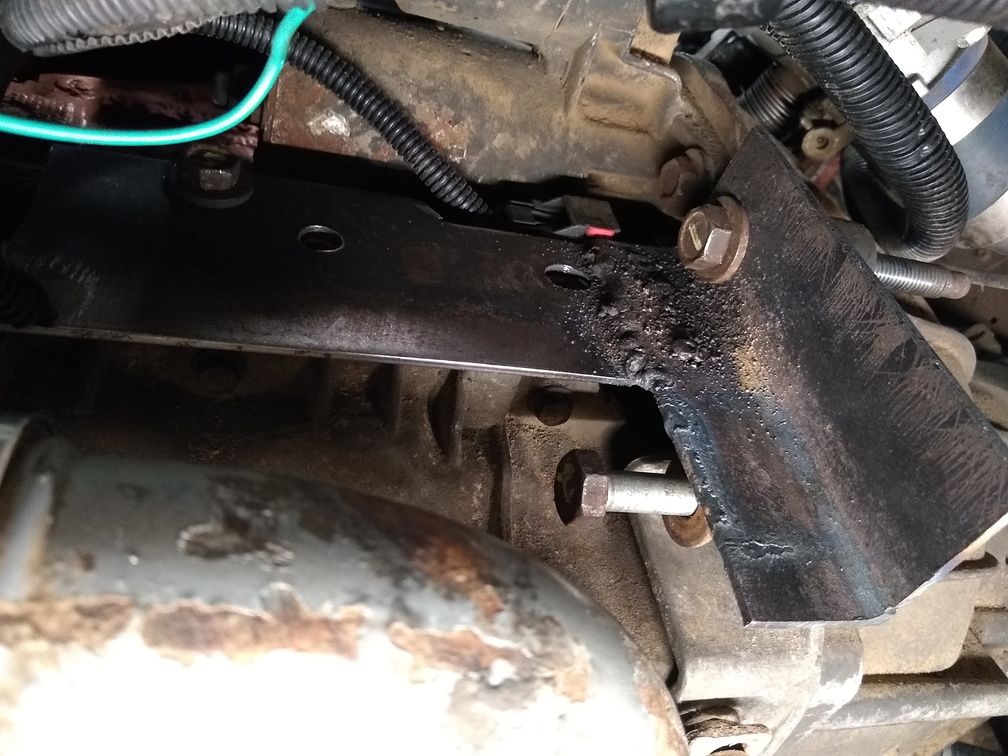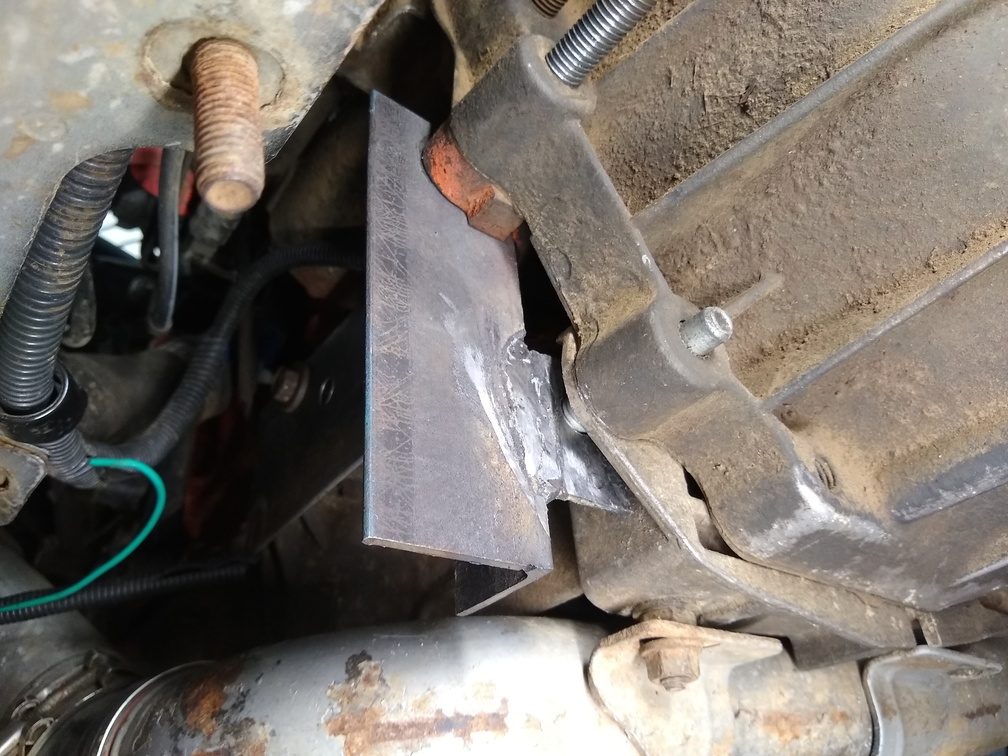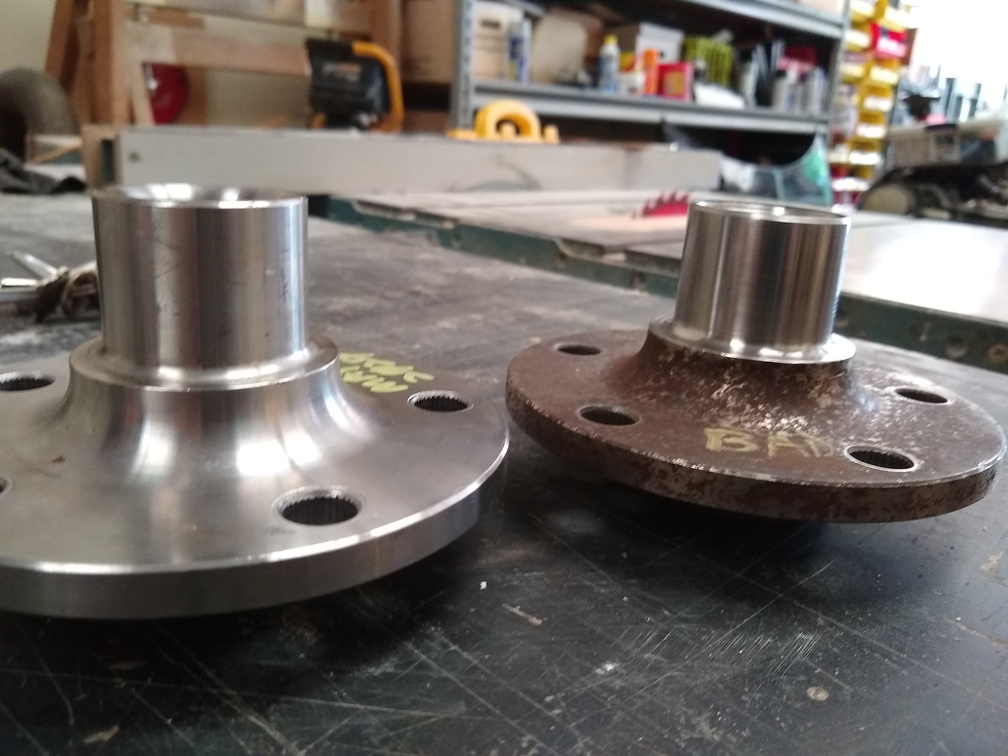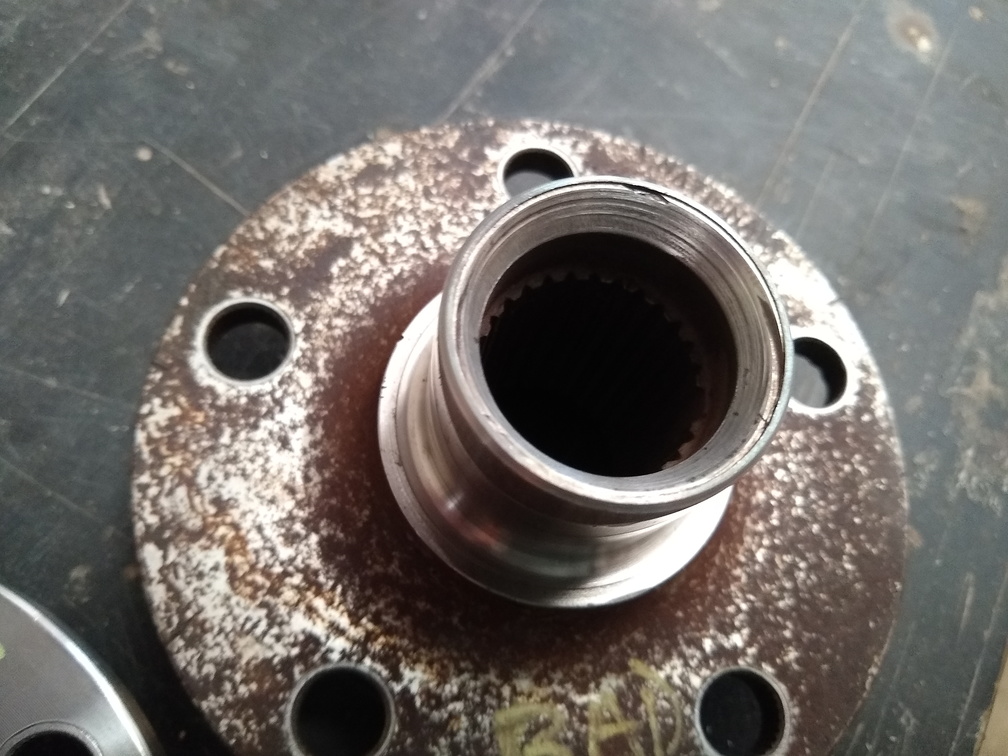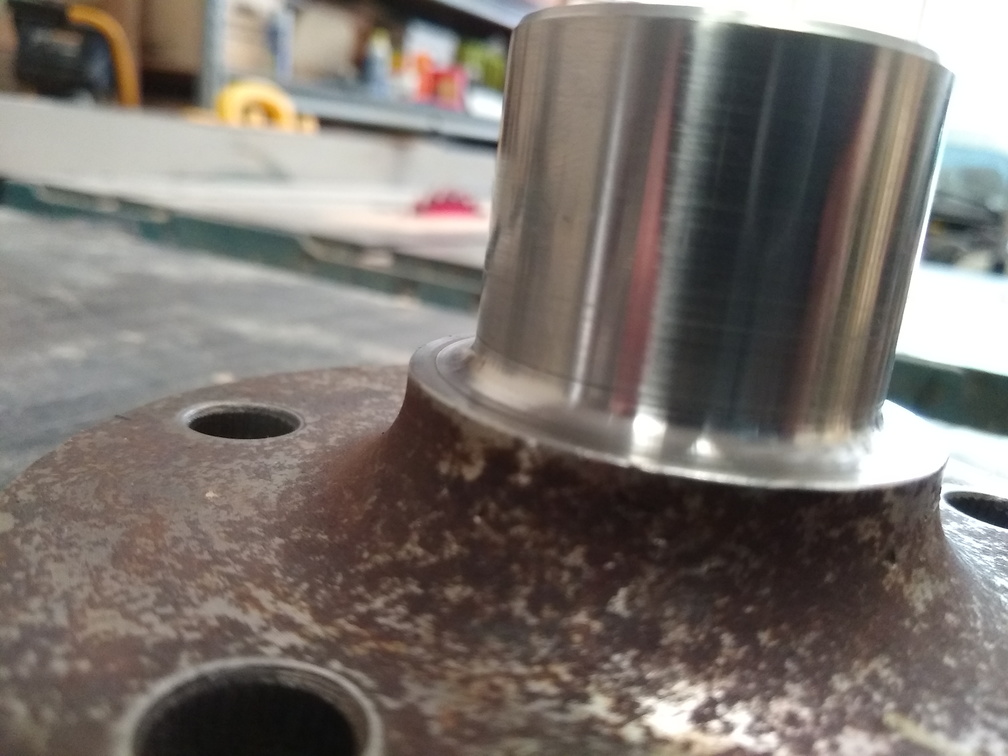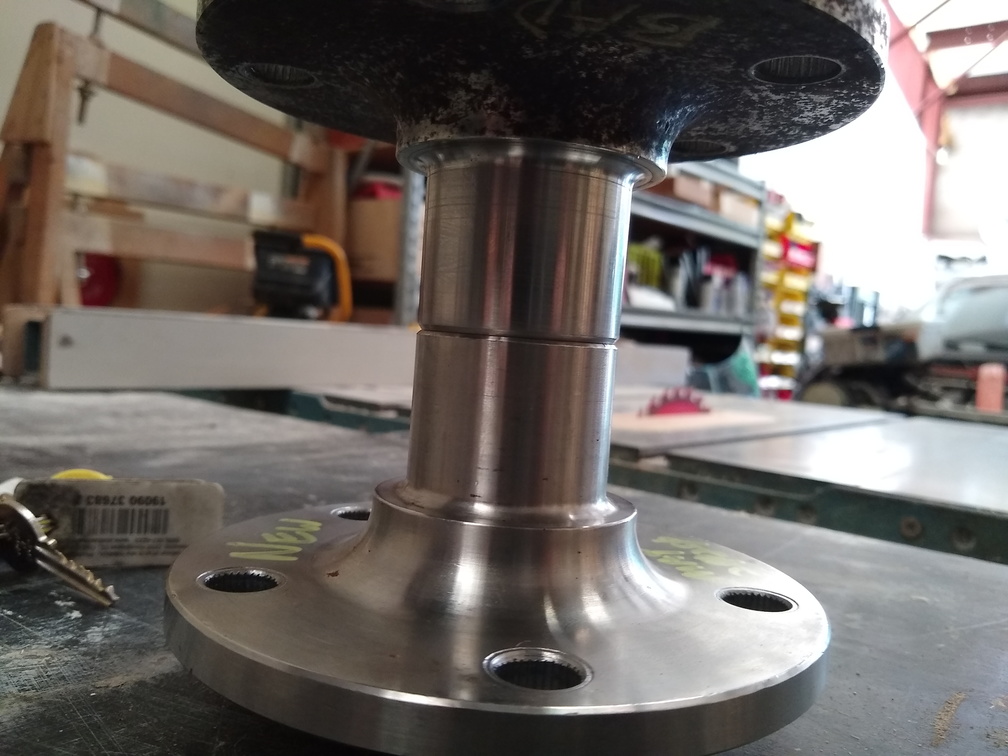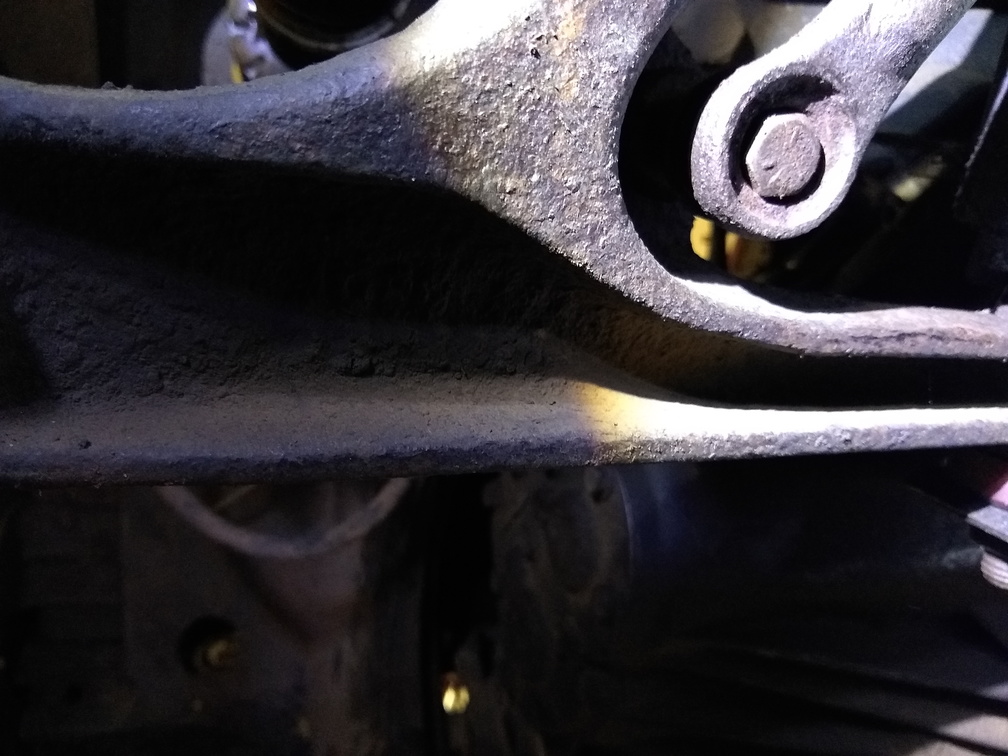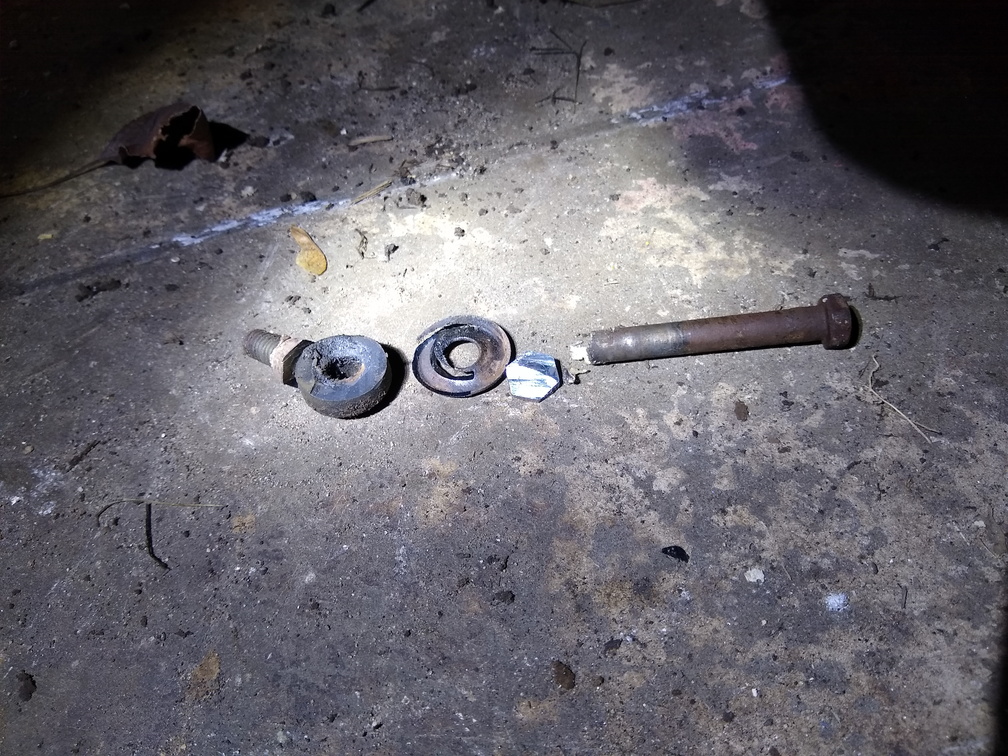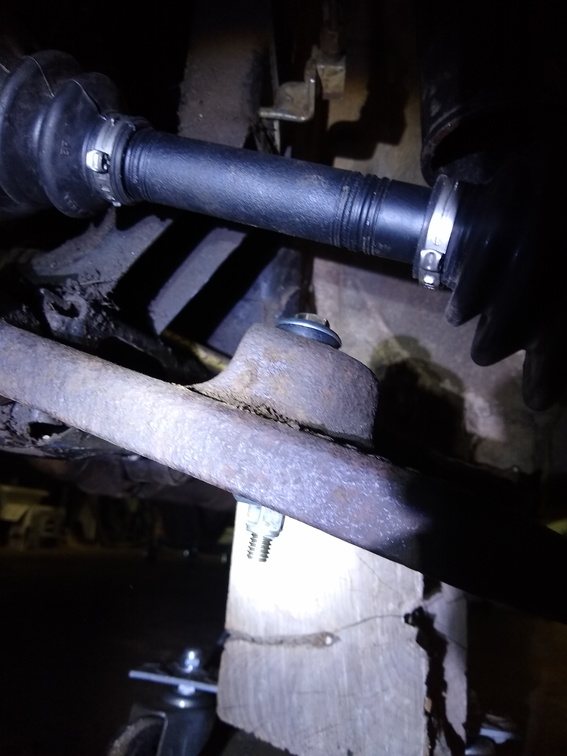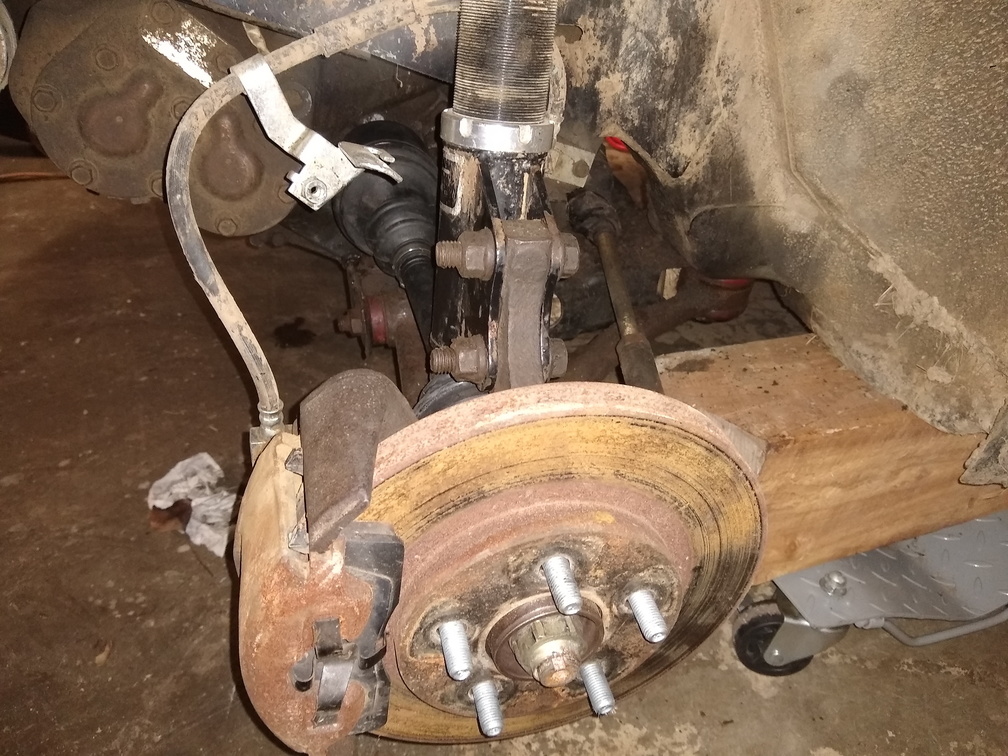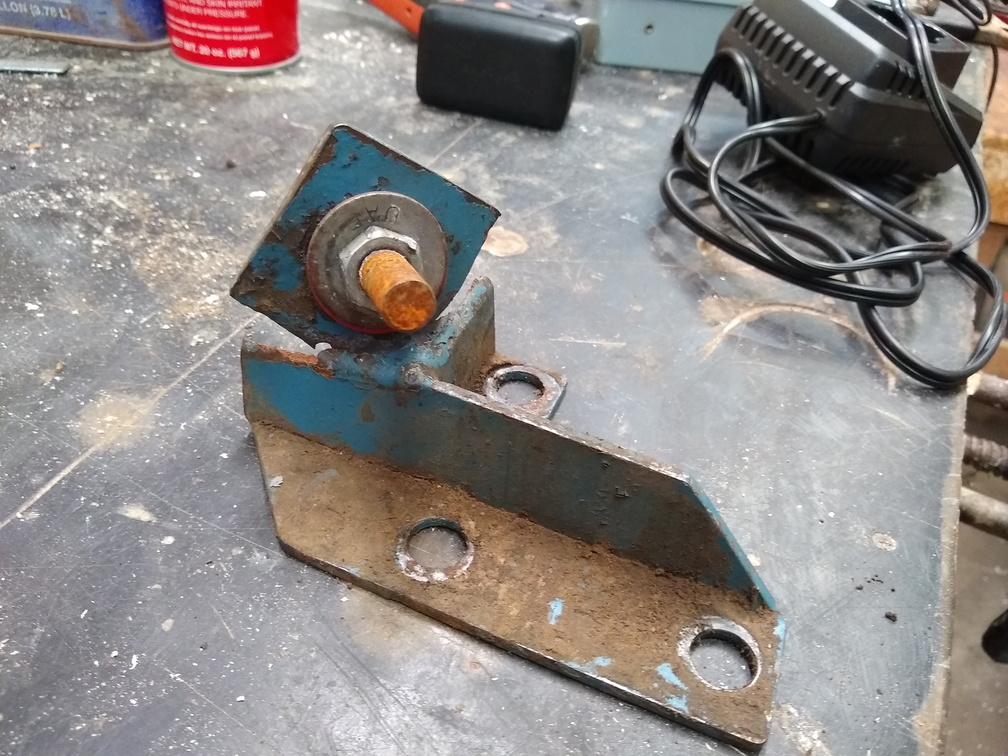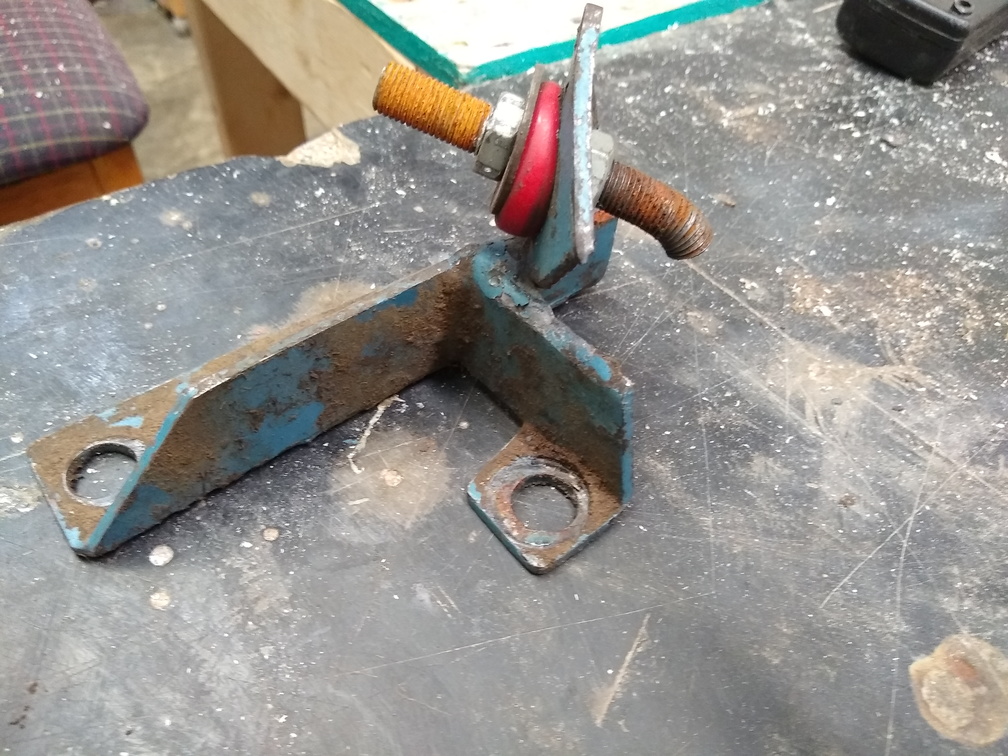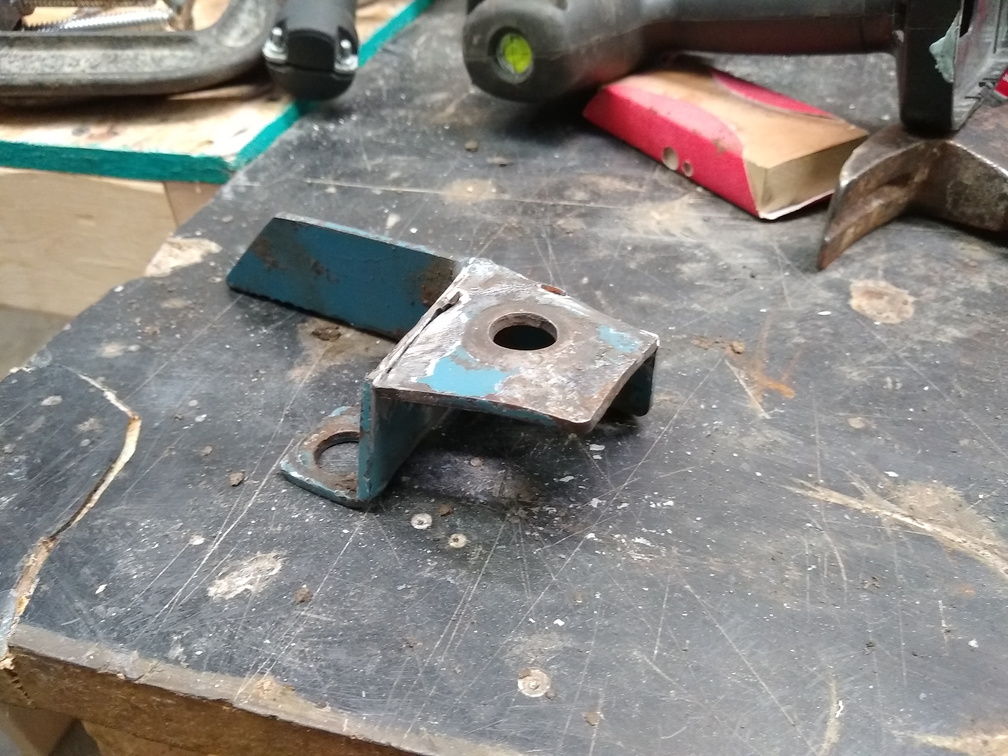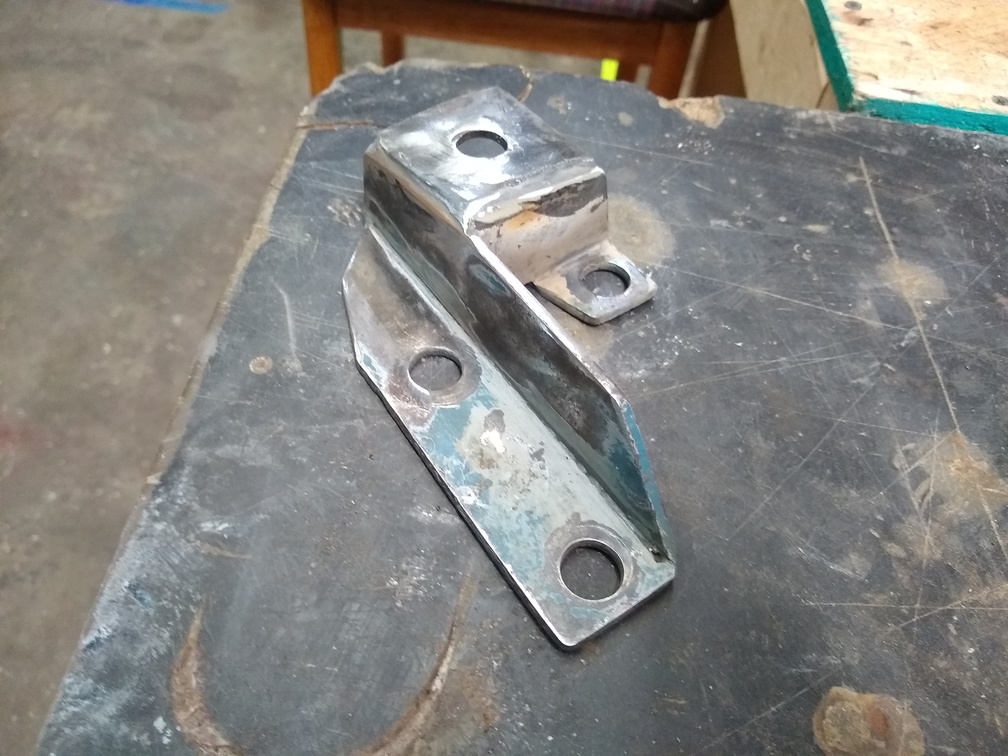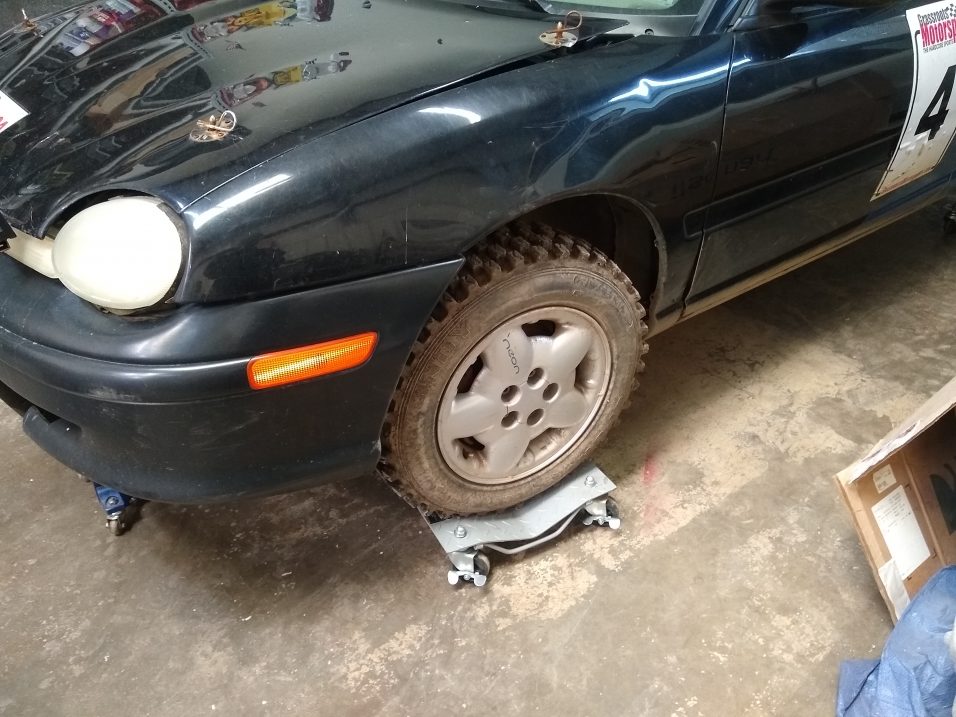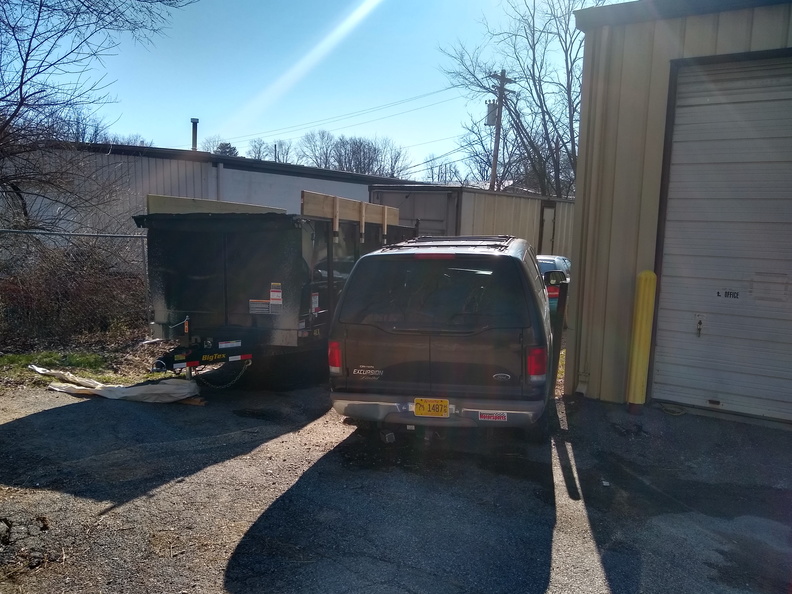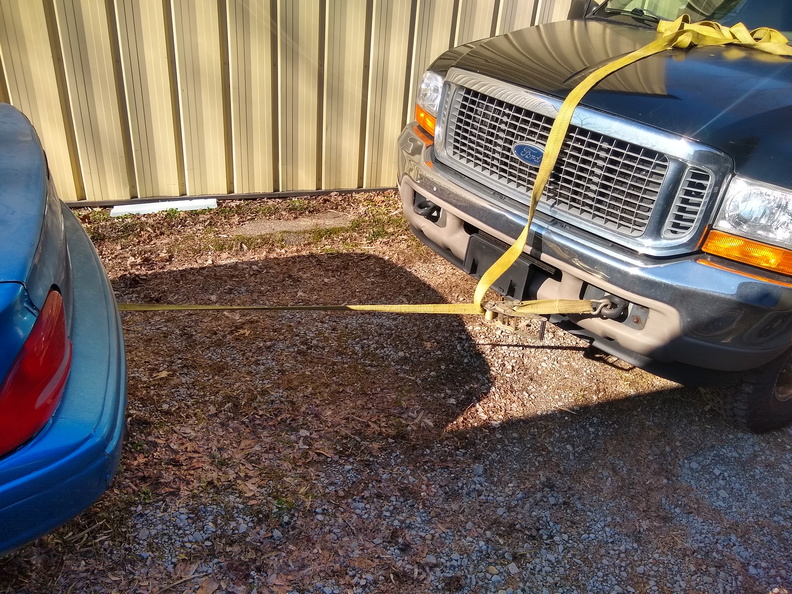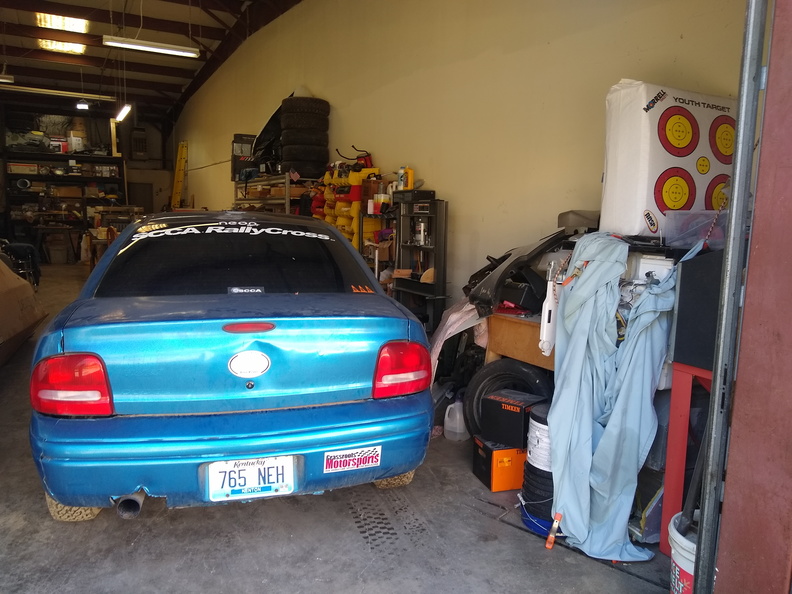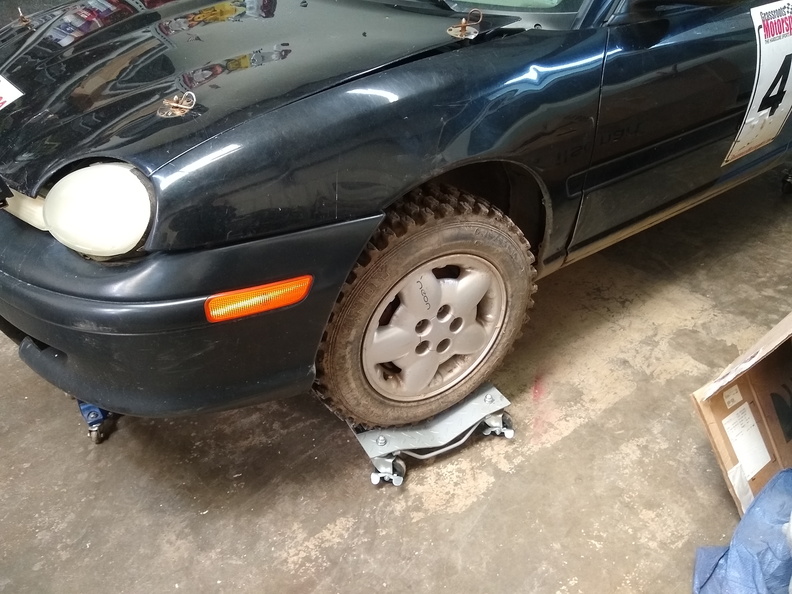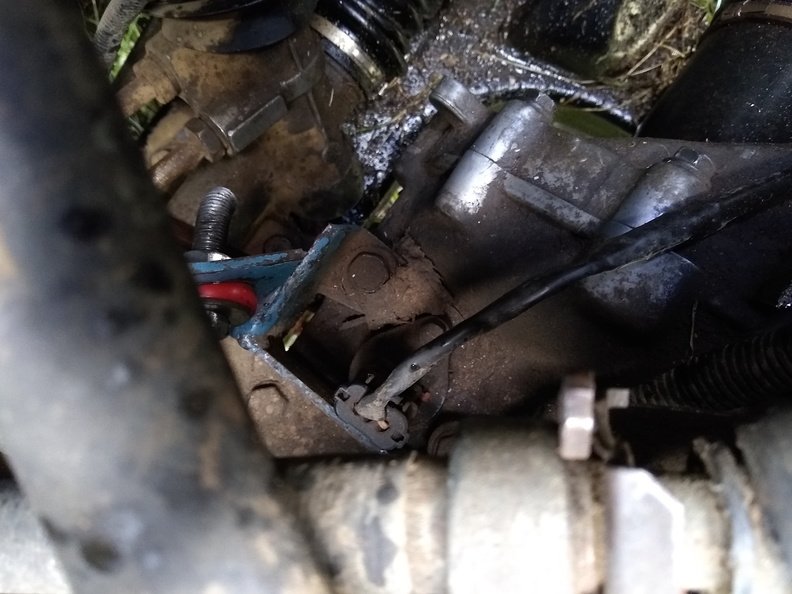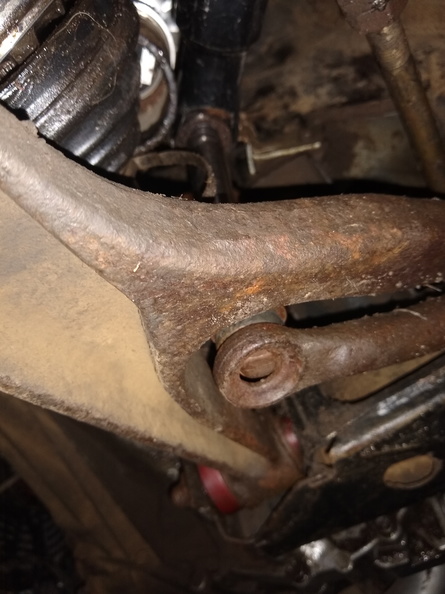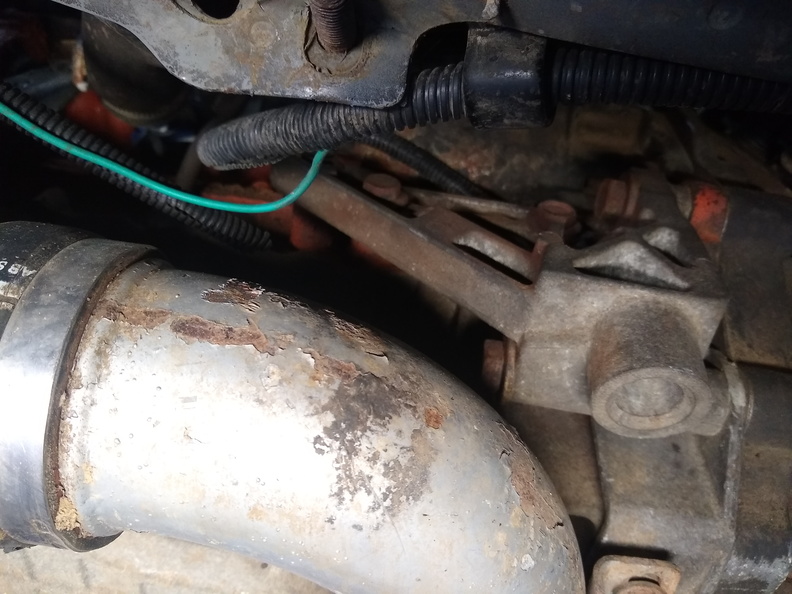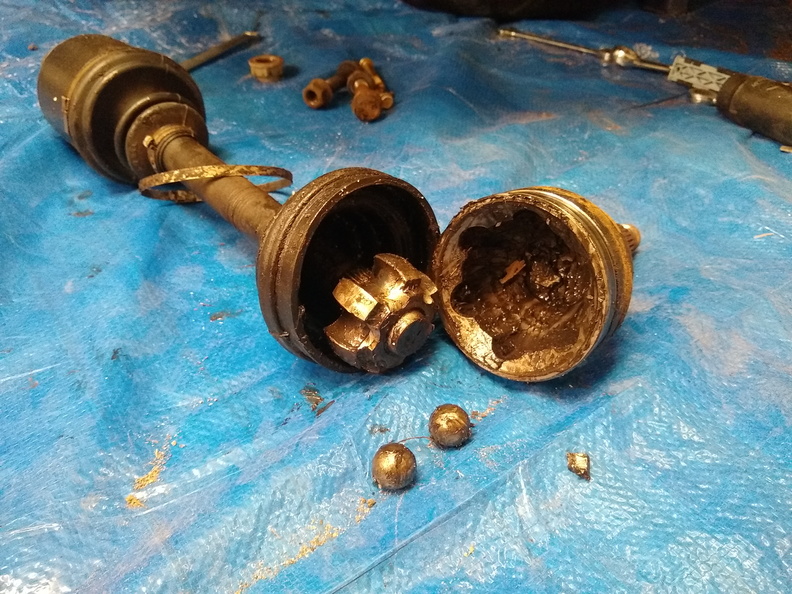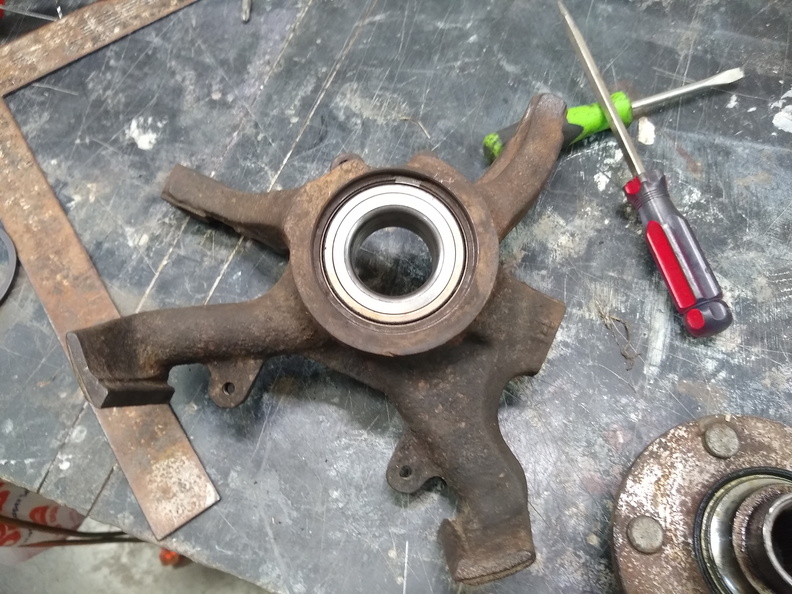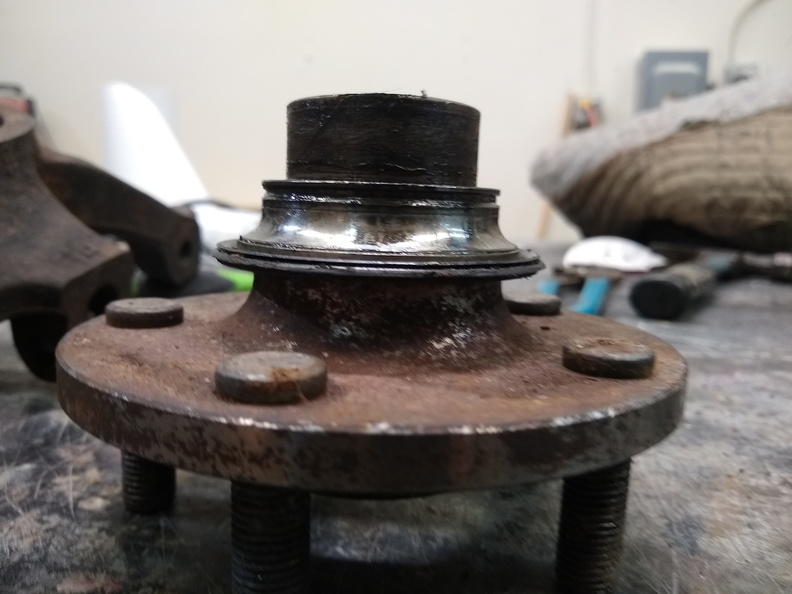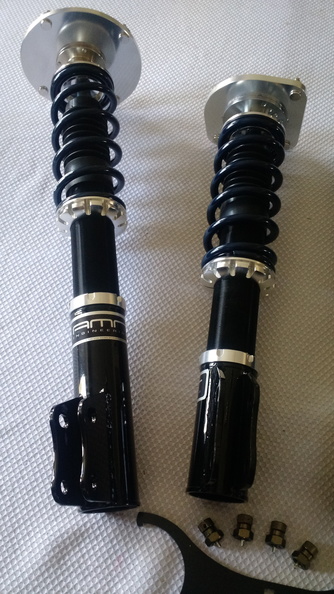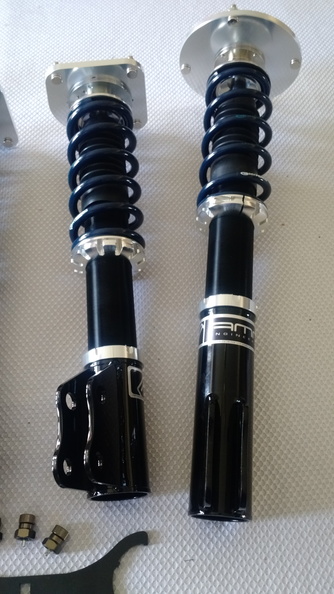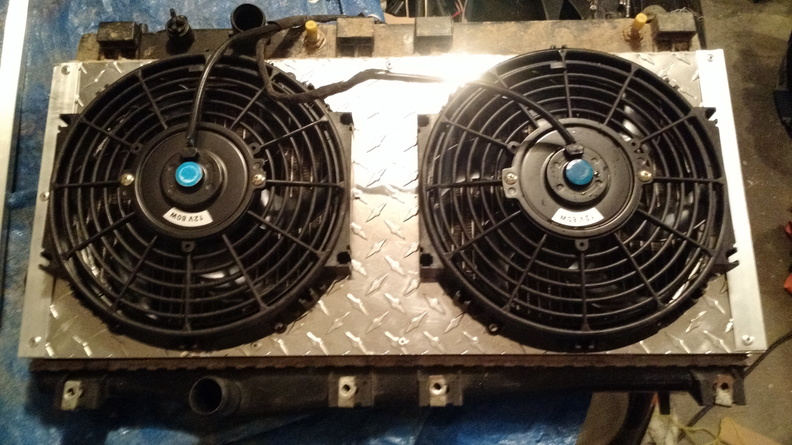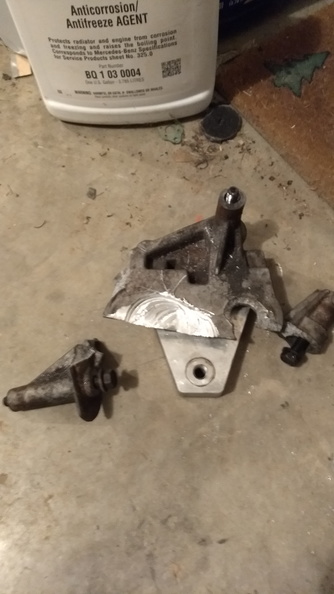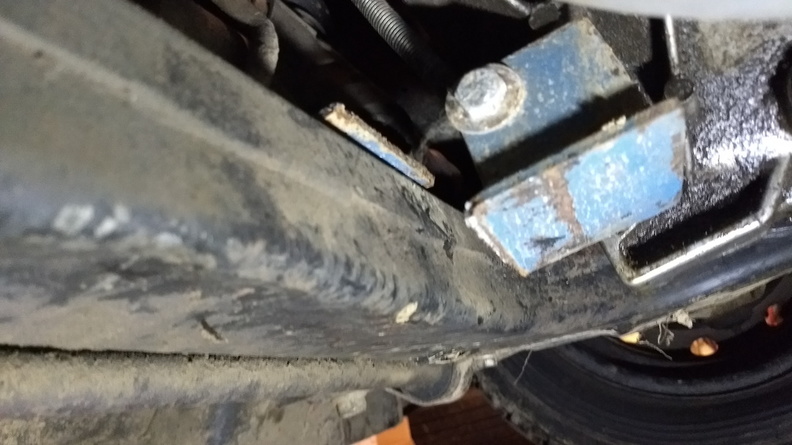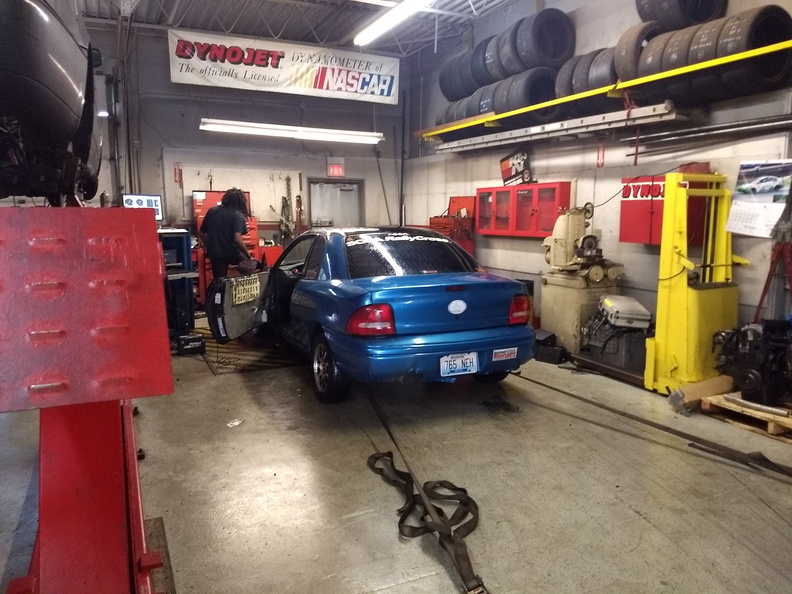The axles had an absolutely comical journey to A1CVTECH in Canada, and I feel like it’s worth derailing the build process to review exactly how that transpired. Before I begin the story, the most important part that you need to know, in fact the detail that sets the whole thing up is this: I do not ship internationally. Ever. So I’m starting at zero knowledge here. Many of you will read this story and guffaw that smug, self-important guffaw of “well, dummy, everybody knows that!”. If you find yourself doing that, I implore you to take a moment to reflect upon your lack of empathy.
Anyway, I had the axle all boxed up and ready to go. I used FedEx since they seemed to have the best international rates and purchased my label here at home. When I printed it out, it also printed out this thing called a “Commercial Invoice”. Stop the guffawing.
Since this is not something that I am familiar with, I decided my best bet was to leverage some sort of expertise so I went to the FedEx store, previously Kinkos. Walking my package and my paperwork up to the counter, I told the PFY at the register that I needed to drop this off for shipment but that it was an international package and I am utterly unfamiliar with that type of shipping. Please teach me your ways, I implored! What do I need to do with this bit of paper they call the “commercial invoice”. It seemed pretty important and all sorts of legal-looking writing on it, but there wasn’t any clear instruction as to how I should proceed with it. Surely the experts who deal with sending packages all day – well, okay, maybe it’s just part of the day but still more than I do! – would either have the answer or know where to get the answer, right!?
The PFY looked at it, looked at me, and said “Nah, we don’t need that”. I blinked and hesitated a moment. “Well, I don’t know”, I replied tentatively, not wanting to tell someone else how to do their job. “It looks kind of important. Like I said, I never ship internationally so I don’t really know, but are you really sure we don’t need that?”
“Let me go ask”
He retrieved the manager and she took a quick look at it and announced to me that the paper I had given her was the Commercial Invoice. She seemed rather proud of that discovery, perhaps unaware that I could also read the English language and that the words “Commercial Invoice” were basically the very first words at the very top of the page. I restated my lack of experience with international logistics and politely asked if she knew what I was supposed to do with said document. The reply was that it was just something they needed to keep in the store for their records. Again, I felt like that wasn’t really the right answer so I pressed a little further asking “So you just keep that here? It doesn’t have to go with the box? I’m in a bit of a rush for this and don’t have the time for things to get hung up in customs, so I want to make sure all the paperwork is correct”. I capped that statement off with another restating of my ignorance in the ways of shipping across political borders.
“Nope, it just stays here!” was the confident reply. So, I thanked them for the help, turned on my heel, and was off to the next item on my to-do list.
Now I know that some of you are sitting out there screaming at your monitor or phone screen or the printout you had your grandkid make of this so you could read it while chasing cats off your lawn. “You fool!”, you’re saying. “Everybody knows that you have to have copies of the commercial invoice attached to the package!” Well, my smug friend, I’ve got a delivery of news for you today: Not everybody knows that. And that would probably be very helpful information for a shipping company to provide. Especially when you go and talk to someone employed by them – even if indirectly – who is authorized to take packages on their behalf.
A couple days go by and I finally check the tracking information. Sure enough, there’s a delivery exception due to – you guessed it – “missing commercial invoice” and the package is on the FedEx truck for delivery back to me. That check was around 10am on a Thursday and by 5pm that same day, I see that the package went back to the local facility at about noon with no delivery attempt made. Odd, but I just assume that the next day they’ll put it back on the truck and I’ll have it back and can start again.
Friday morning rolls around and turns into Friday afternoon, but there’s no indication that the package has left the local facility. So I call up the FedEx store and ask the same manager lady for some help. I launch into my story about how I brought the package in there and didn’t know what to do with the commercial invoice. She pipes up right away with, “Oh, yes, that commercial invoice has to be attached to the package!”.
After a moment of stunned silence, I was able to regain my composure and countered with “well, I would have thought that, but I handed that paper to you, asked you what I needed to do with it, and you told me that it was just something you kept in the store for your records”.
Long pause.
“Oh. Well, no, I guess I did tell you that, but it has to be attached for it to clear customs”.
We went around like that for a minute or five and I explained that my expectation was that I had already paid $45 to get this thing to Canada by Friday. Obviously it wasn’t going to make it at this point, but my expectation was that she would help me get this package back since it seemed stuck in some sort of limbo and that she would then ensure that it would arrive Monday or Tuesday of the next week. After a long song and dance about how FedEx treats the stores like a totally different company and how she just moved here and doesn’t know where anything is, we settled on her giving me the address of what she thought was the local FedEx facility and if I could get the package back, she would overnight it on their account.
With five copies of the invoice in hand, I headed to the massive FedEx facility in Independence to try to pry my package out of the system. I was met by two very helpful people, Greg and Bri, who, after hearing my story, told me that they could just get the box on its way that very night if I could only get them the commercial invoice. Since I had a fistful of copies, I handed those over, they said everything would be good, and I headed on to me next task. A little peeved that it would take longer than overnighting, but it would save me the trip out to Florence and back and I had other things to do with my time.
Later that night, about 9pm, I get a text from my wife. Apparently Bri called the house and asked her to find me and have me email her a copy of the commercial invoice. I thought that was odd, but I went ahead and did as requested.
Next week, I watched the tracking info, but the box didn’t appear to be moving. It just said that the status was “pending” and the last location scan was its arrival in Independence. I hoped that the issue was that the tracking was just screwed up because of the kerfuffle, so I rolled with it. About a week or so later, I got a call at home from someone at FedEx. She explained that she had this package that was missing its commercial invoice and she would be happy to send it on its way if I could email a copy to her.
Shaking my head, I gave her the nickle tour of the story so far and told her that I’d already done that but would be happy to do so again. Apparently, Bri was no longer in that department and there was no record of anything like that transpiring. So I immediately emailed the commercial invoice. Again.
A few hours later, about 8pm I think, the phone rings again. This time it was George. He explained to me that he had this package that was missing its commercial invoice and I just basically collapsed in a fit of laughter. At this point, what were my other options?
I explained that the FedEx store told me I didn’t need it, Bri and Greg took copies from me in person, I emailed copes to Bri, someone else had called me earlier that day and I had emailed copies to her, but that I would be happy to send George an email as well if he thought it would do any good. He was apologetic, gave me the email address, and I sent the invoice. Again. Again.
The next day, a miracle happened. The package arrived in Syracuse, New York, apparently heading for the Canadian border! From there it tracked over the line, up into Quebec, and finally arrived at A1CVTECH!
About three weeks later.
So, Nick fixed the axle up and sent it back. It was about $200 US plus the $45 to ship it up there. It looks nice and probably is all set to go.
The next thing I discovered was that even after pressing in the new bearing, there was still some movement. Closer inspection revealed that the hub itself was loose inside the wheel bearing. I thought I was in luck, since Chris Greenhouse had given me a handful of hubs that A1CVTECH had made for him, but as it turns out, the stock hub is about 1/8″ too small for my axles, and his axles are about 1/4″ larger diameter than mine. So I have no easy way to replace my bad hub.
The first idea I had was to go ahead and ship a new hub to A1CVTECH and have Nick hog it out. But then I got to thinking about the cost involved with that – shipping alone! – and I went in search of a local place to do the work. I’ve got a line on a machinist who says he thinks he can do it, so I’ve ordered up a new Timken unit and as soon as it comes in, I’ll make an appointment with him to take it over along with the old one and see what he can do.
